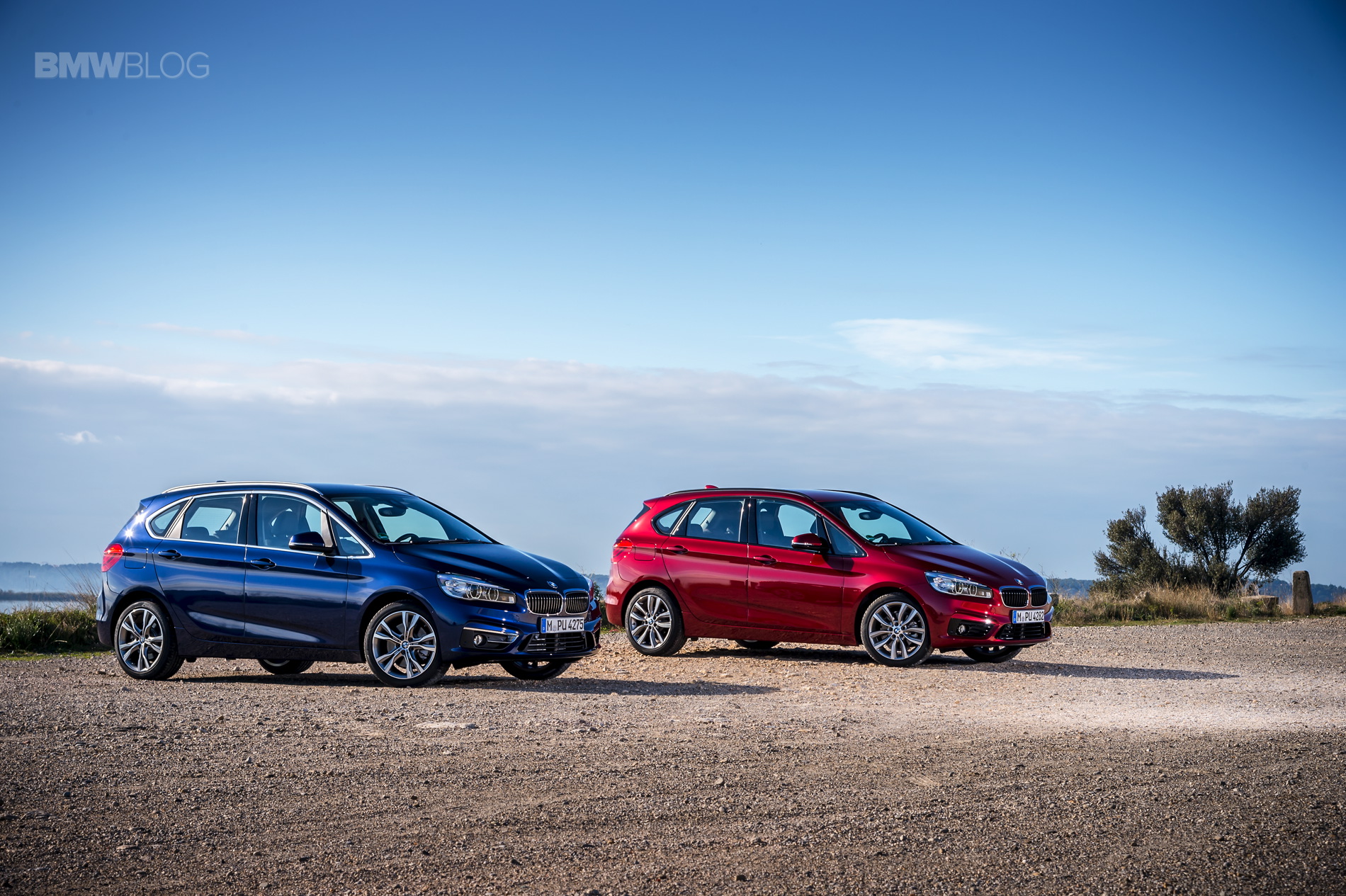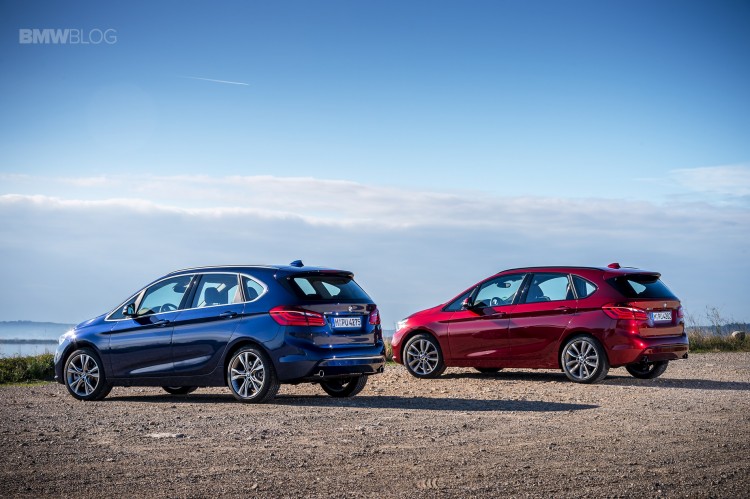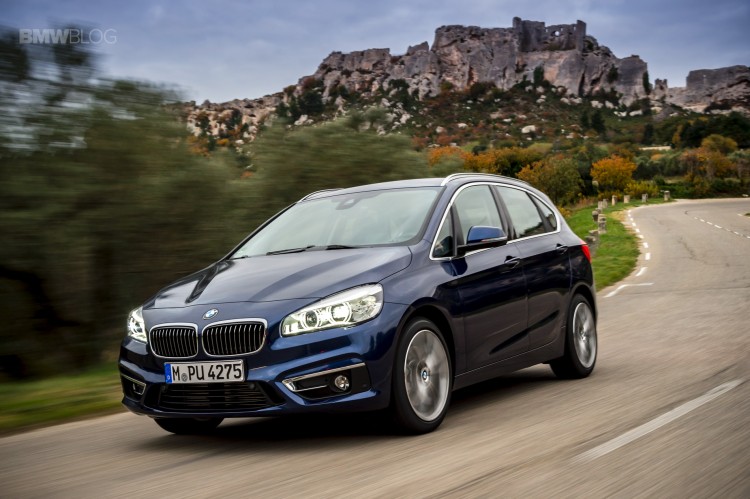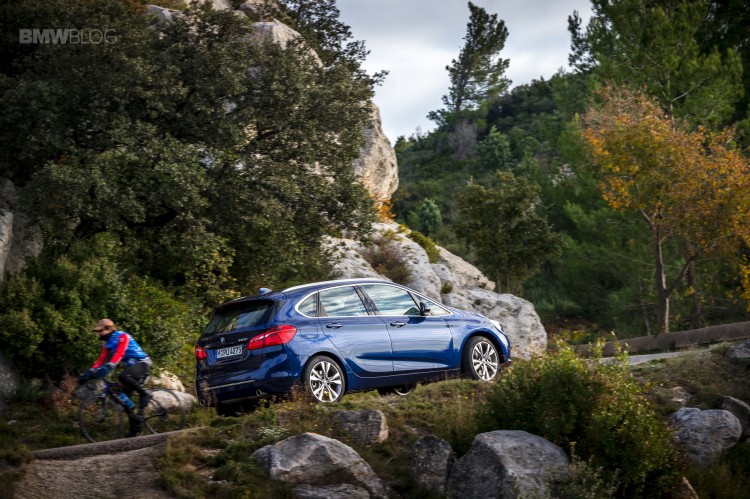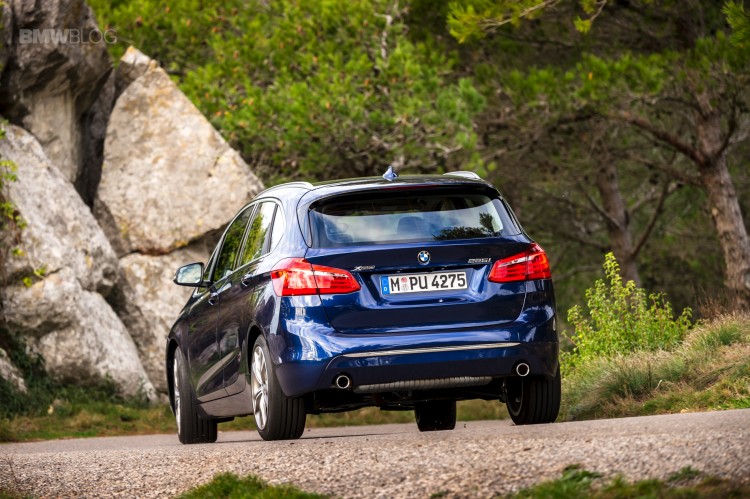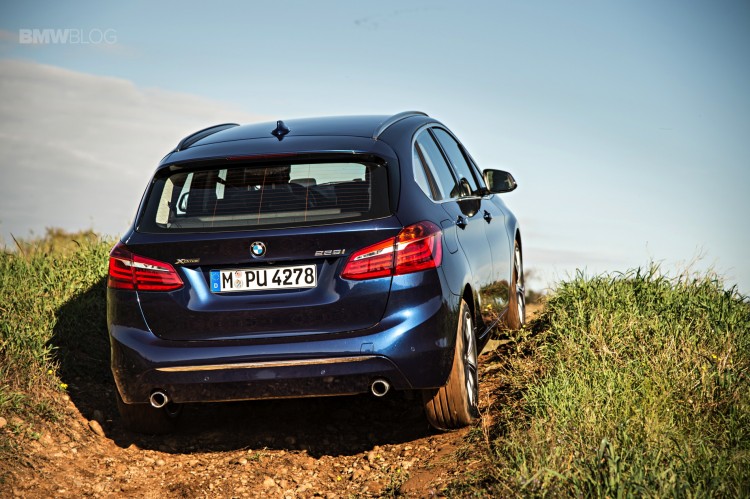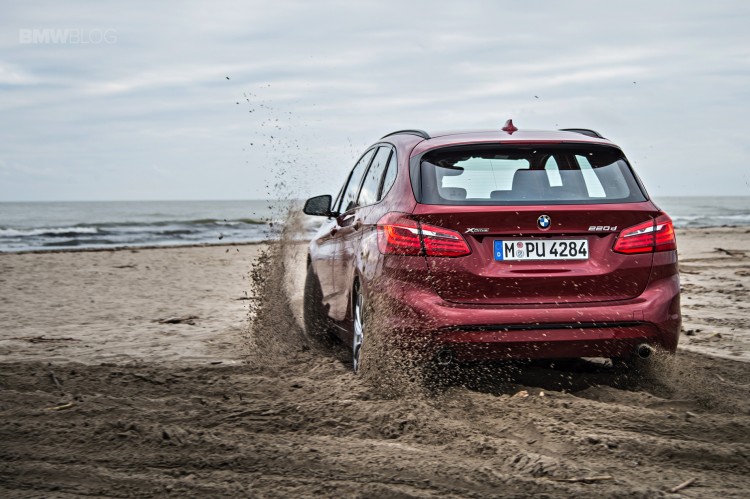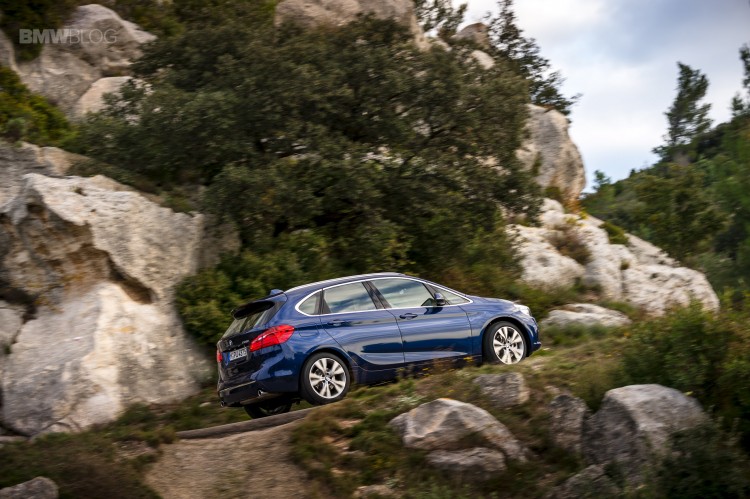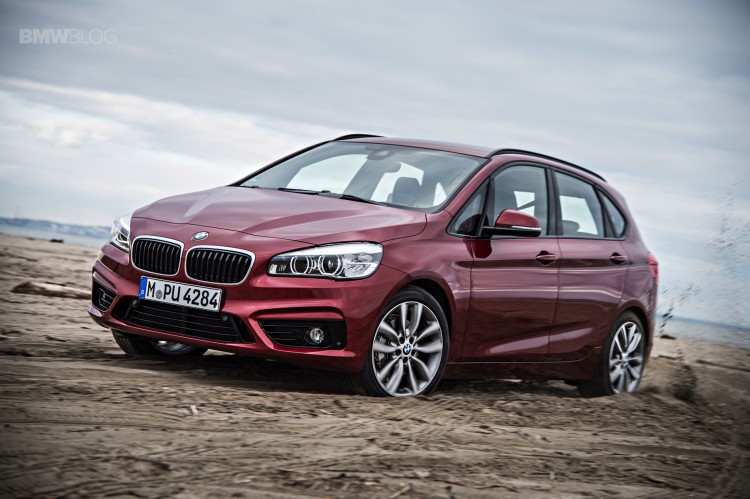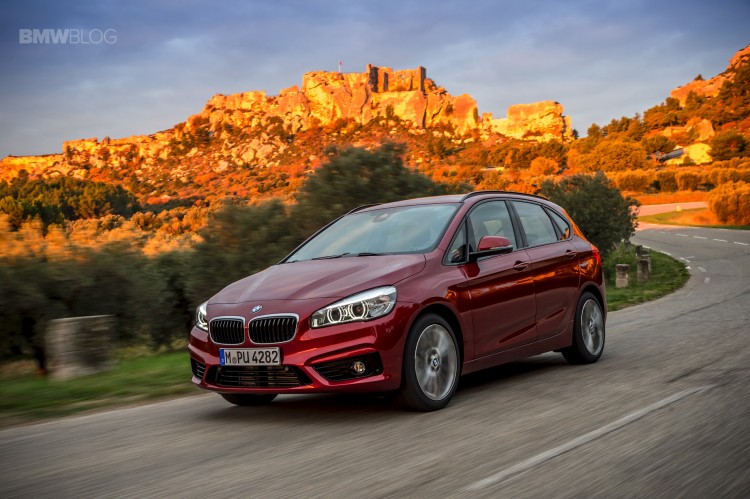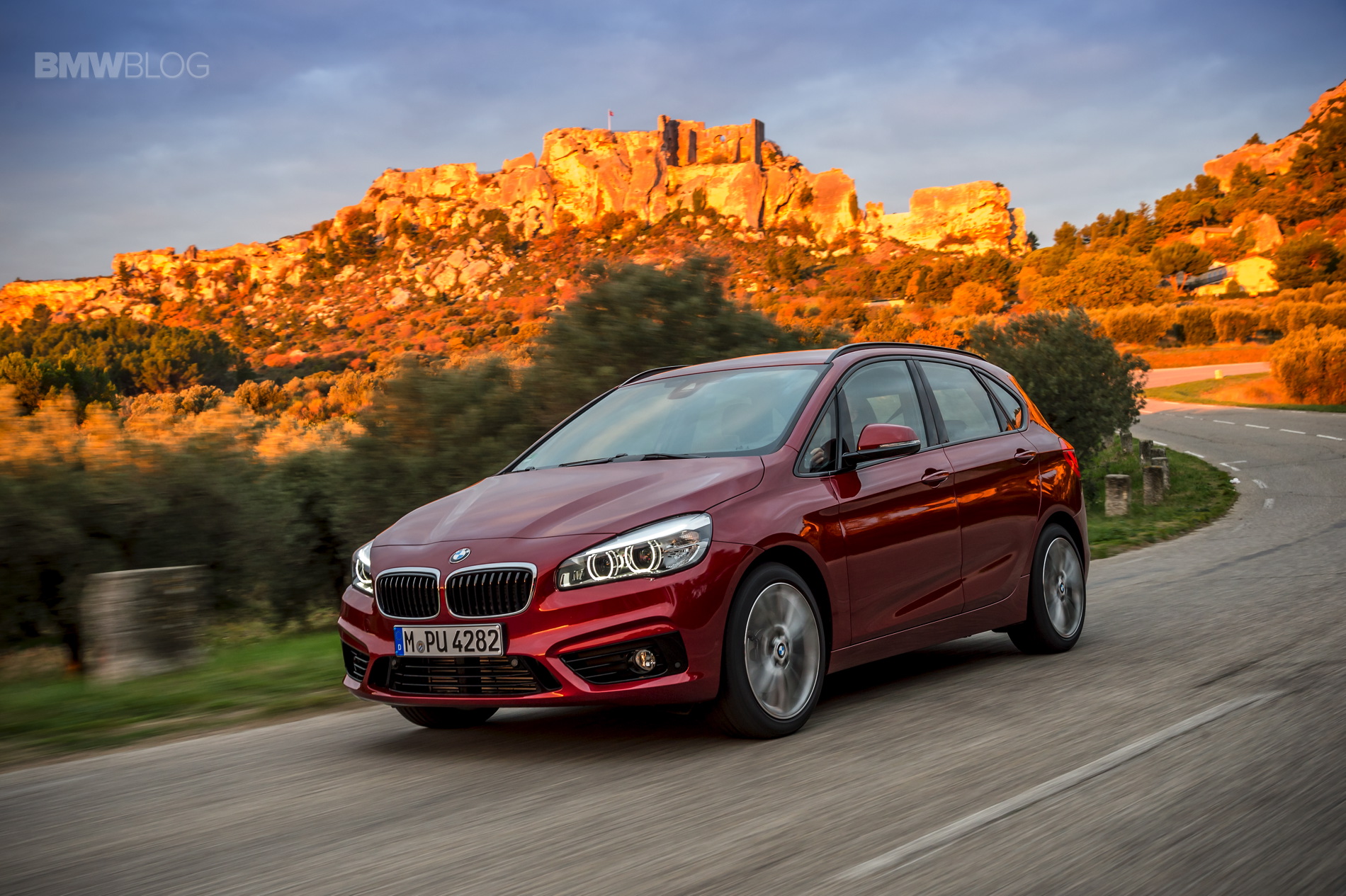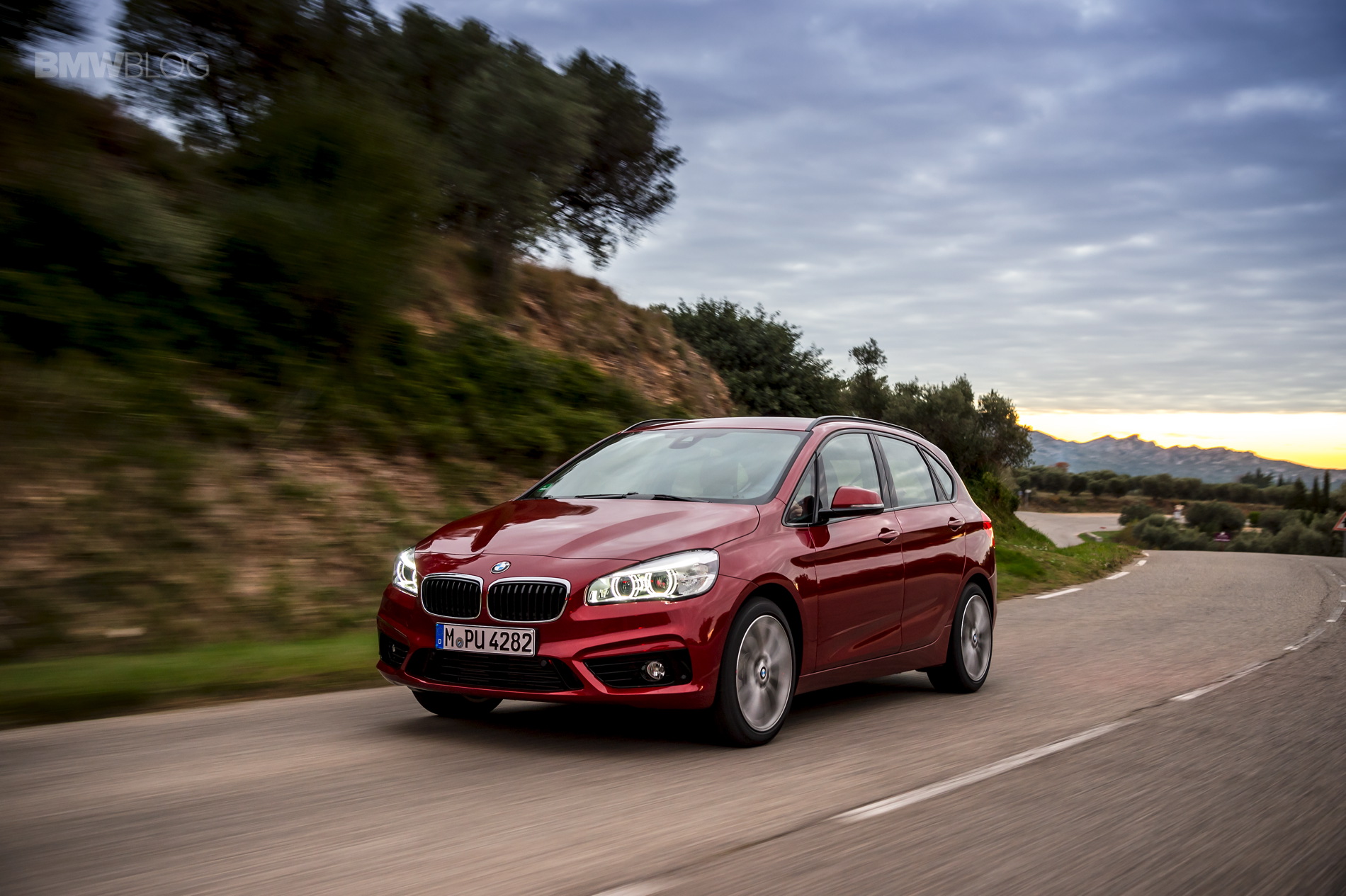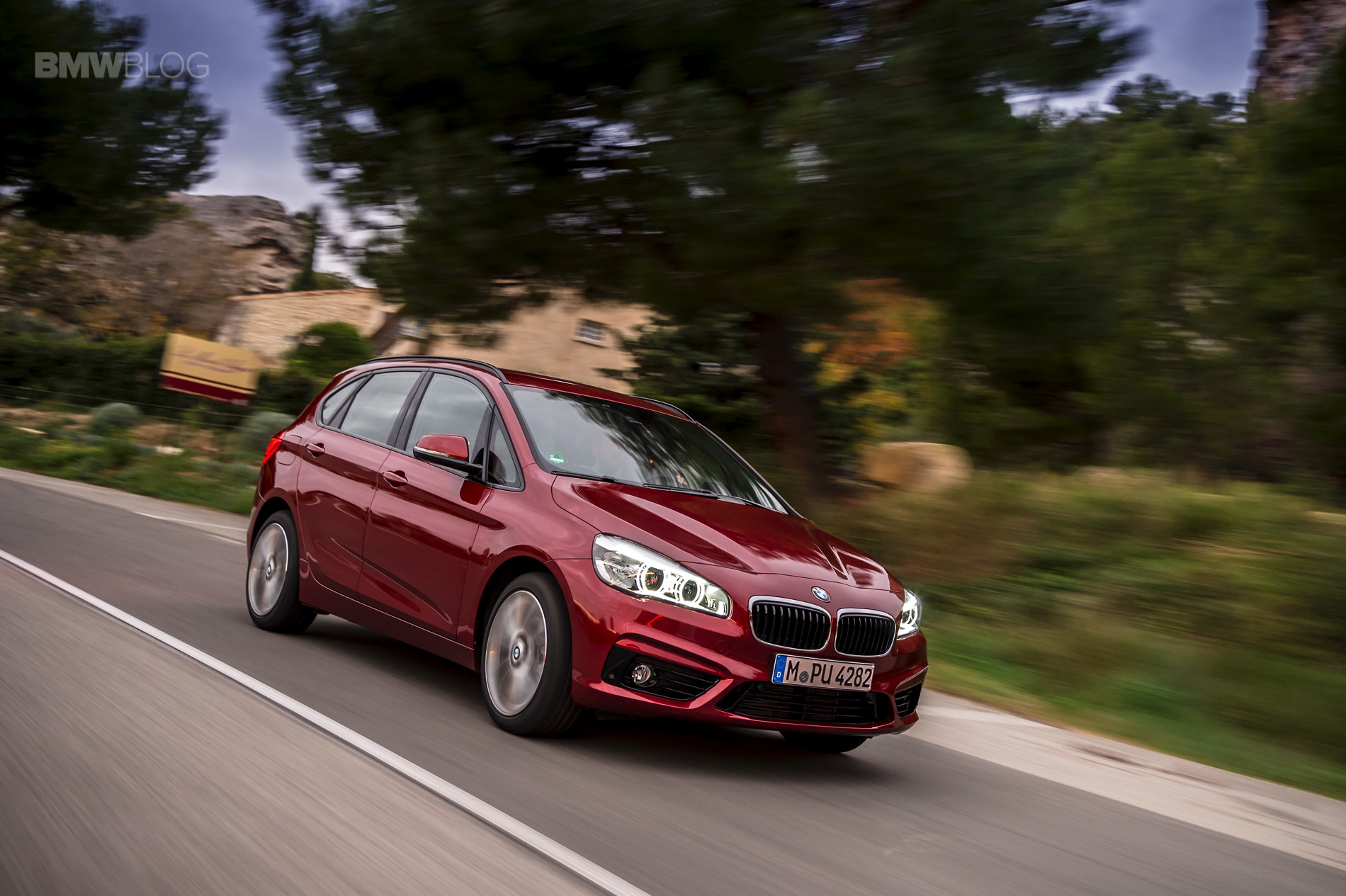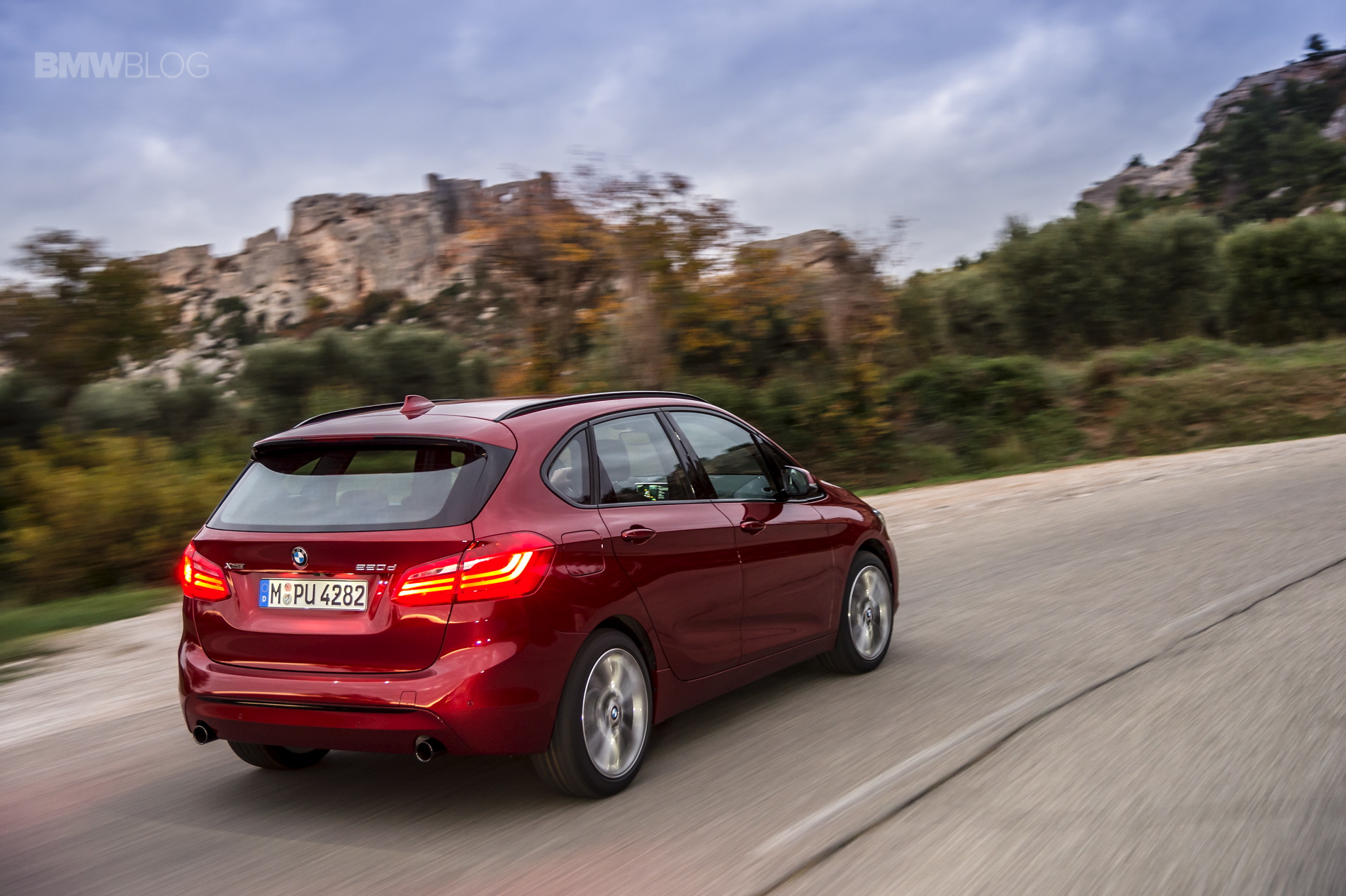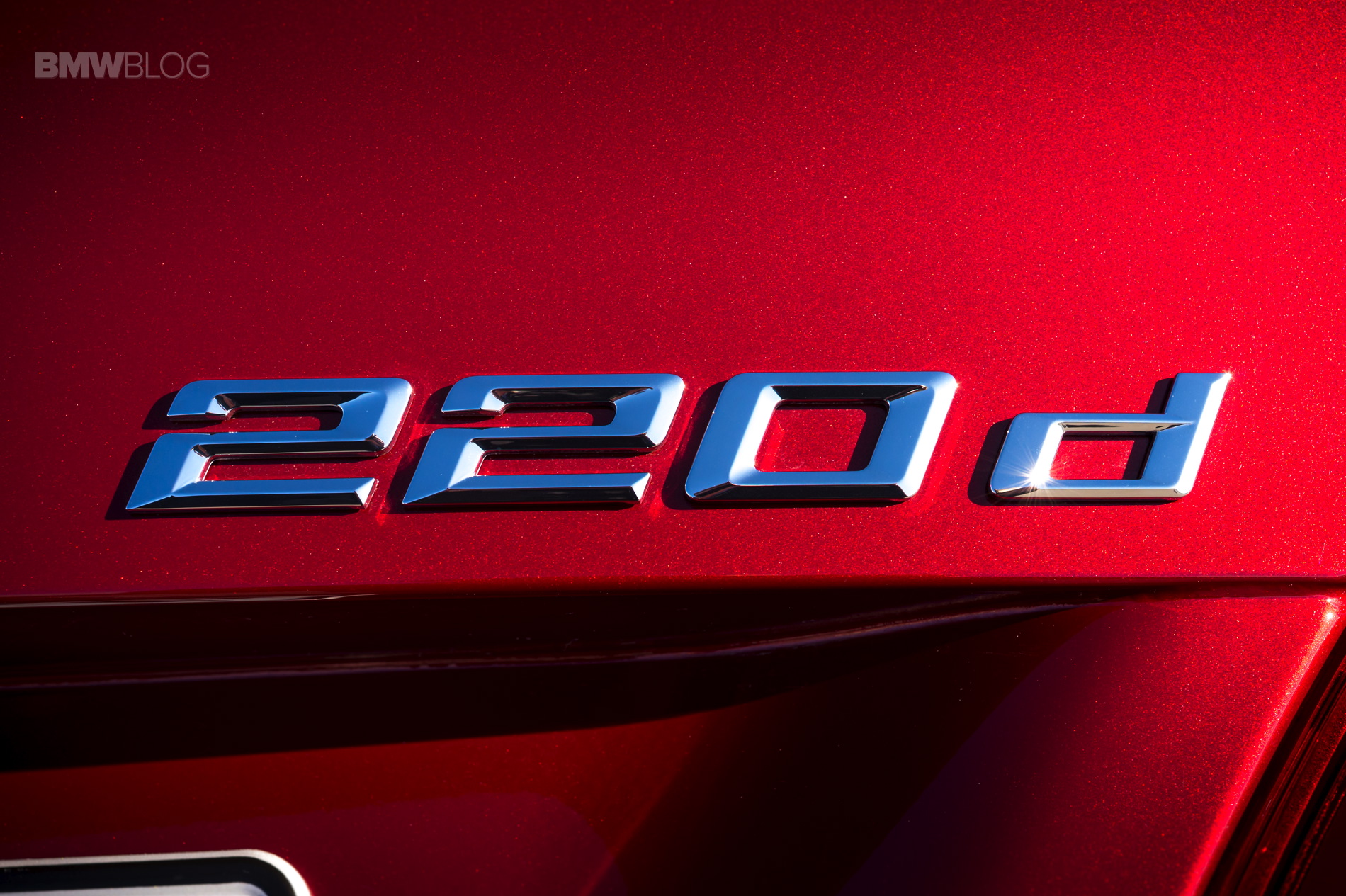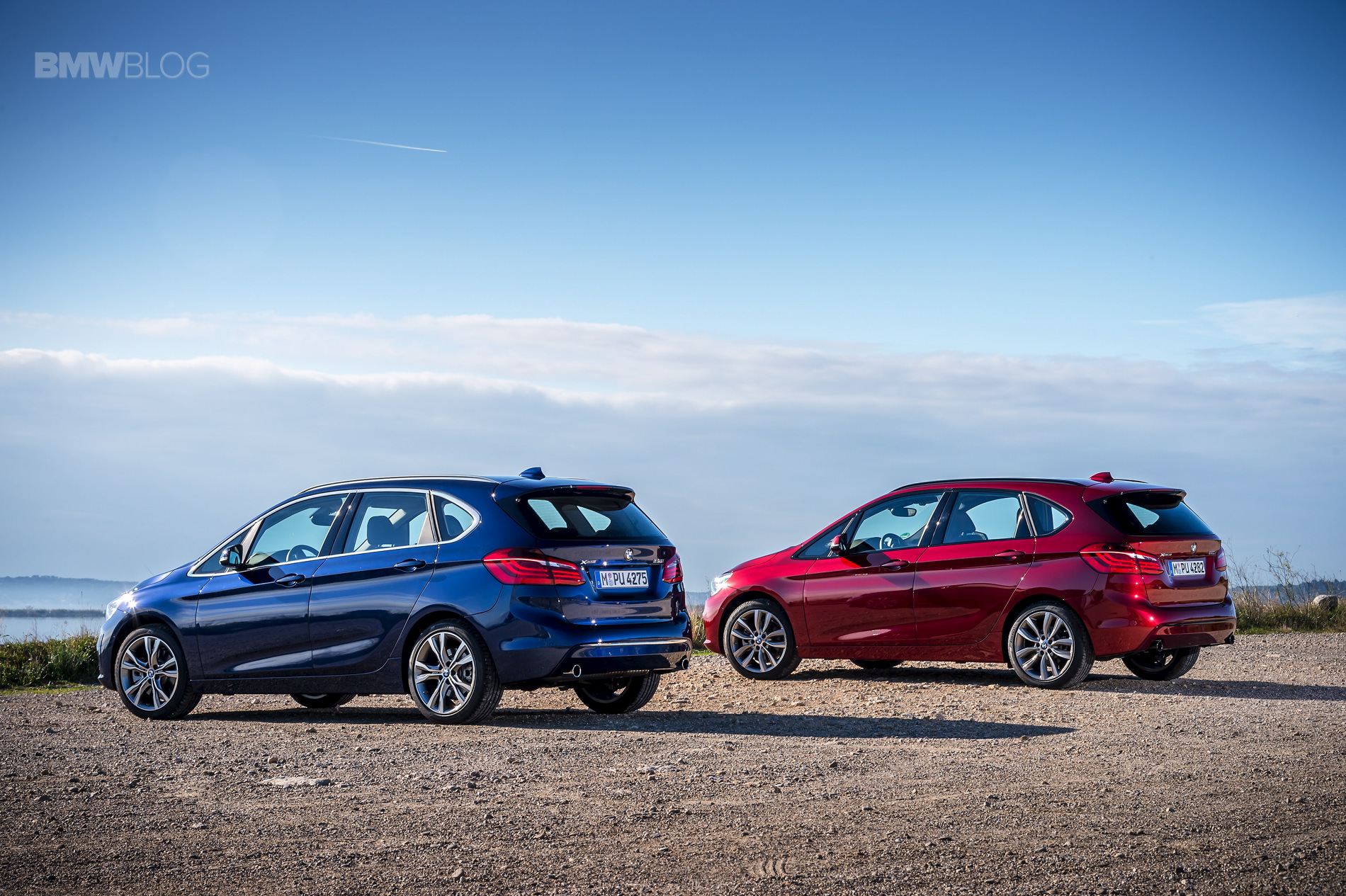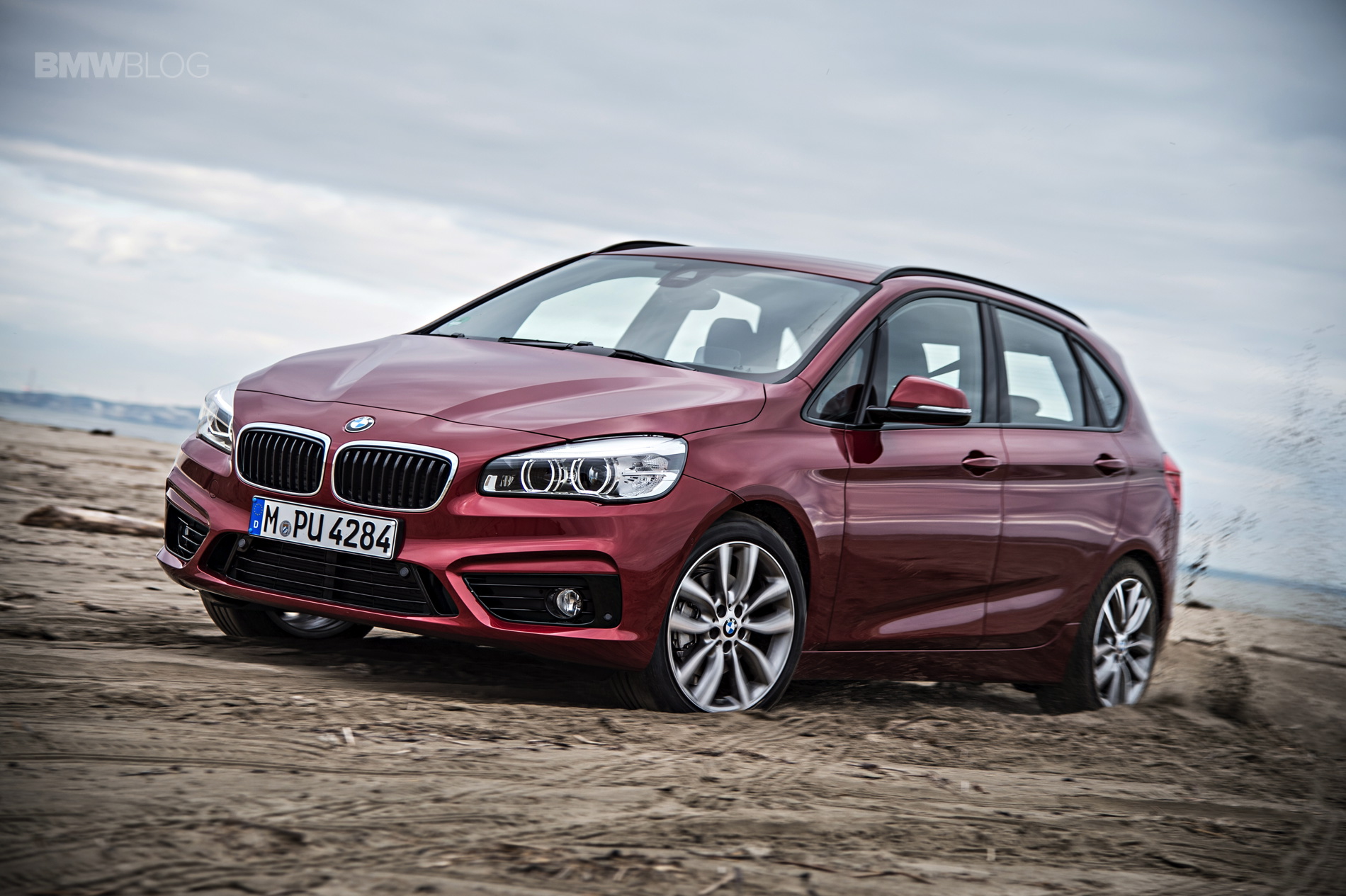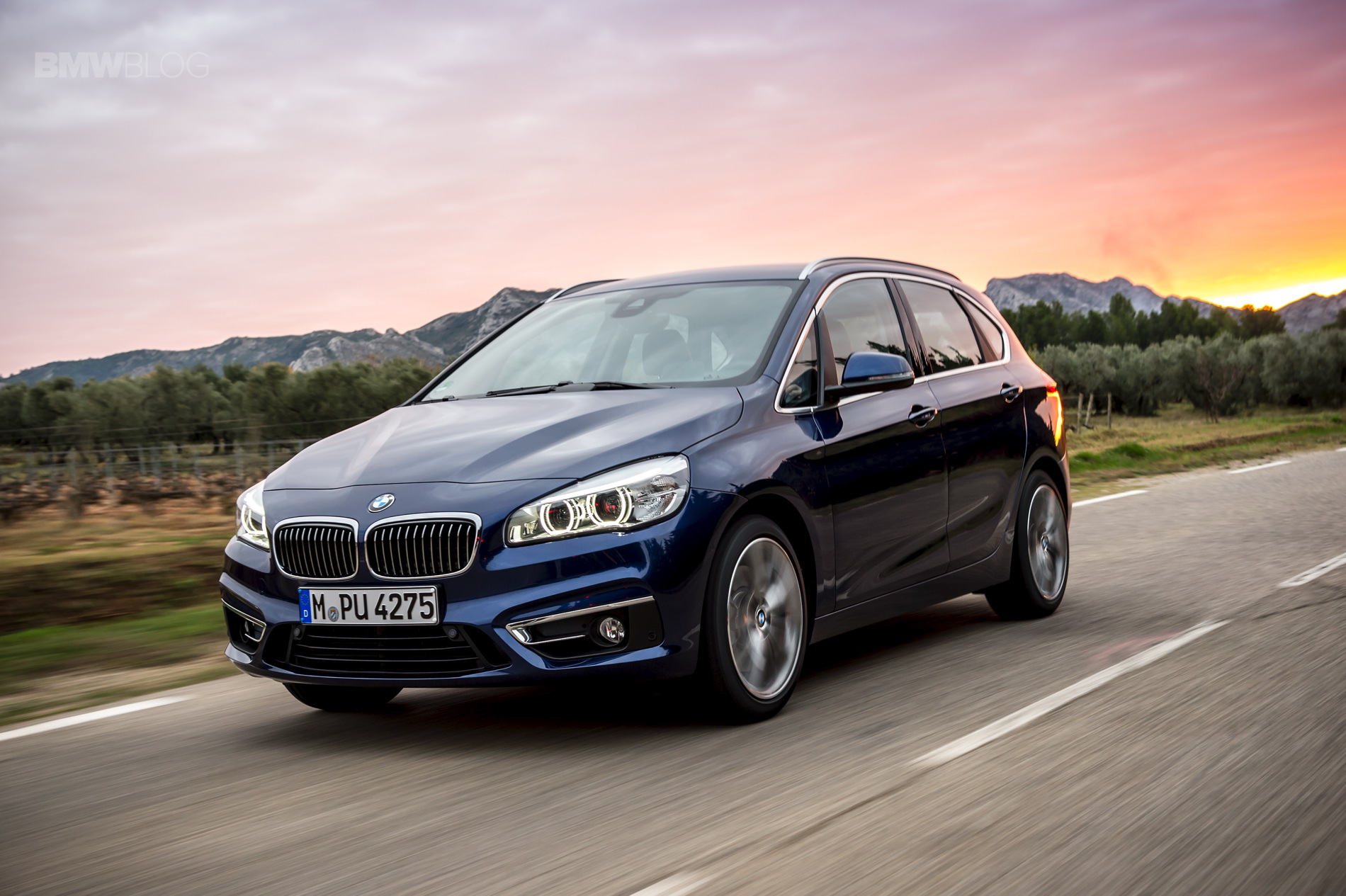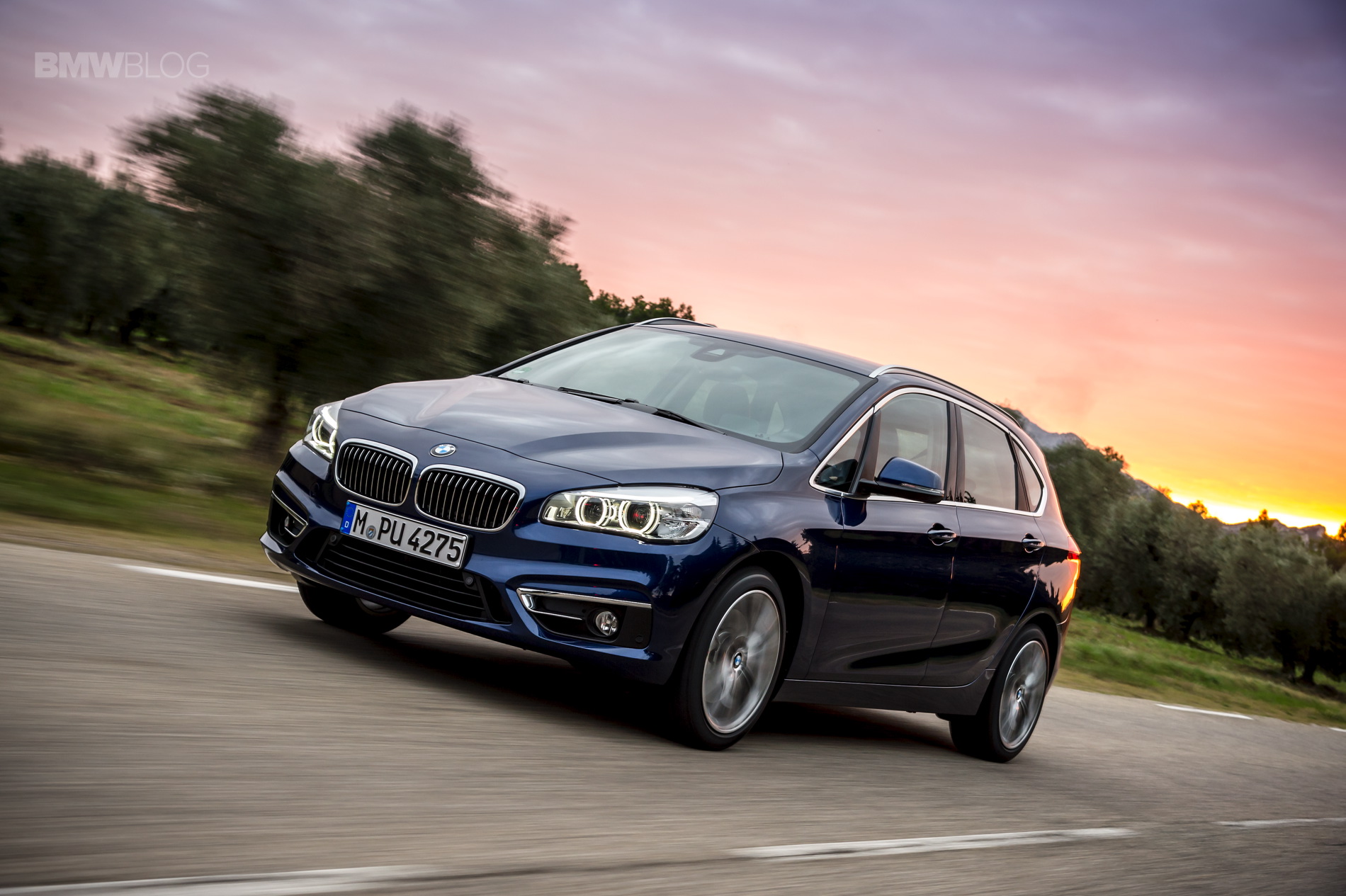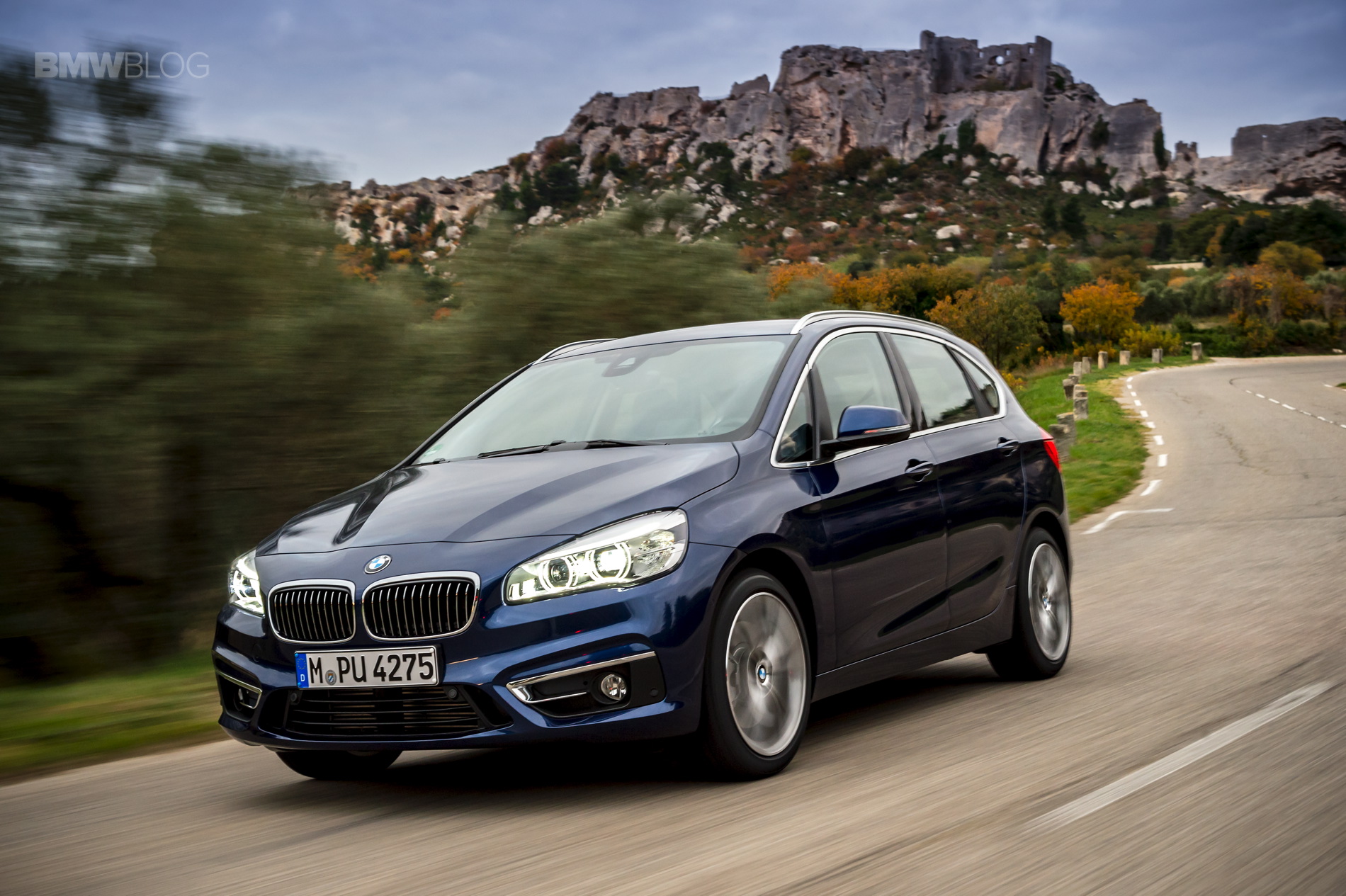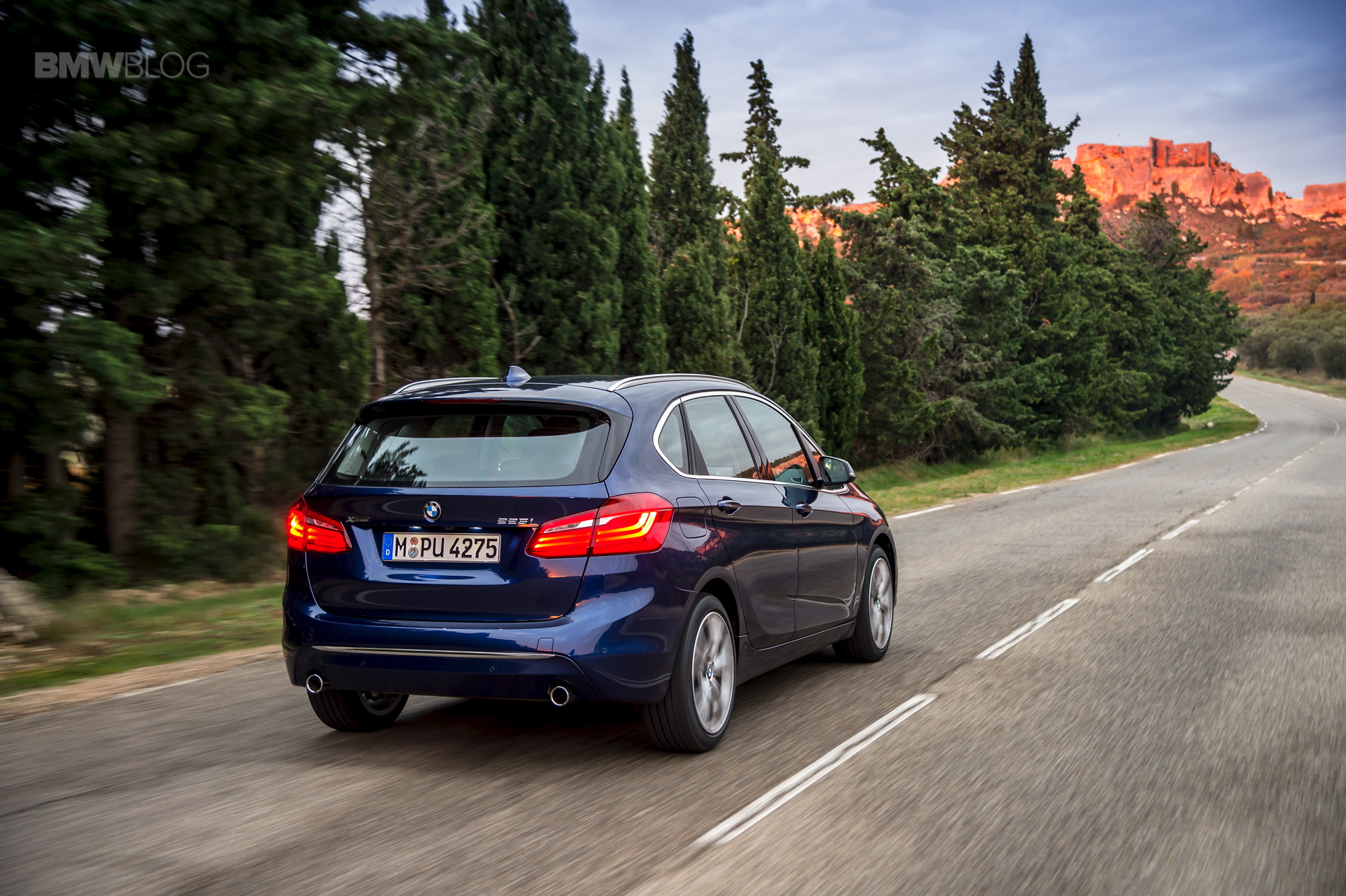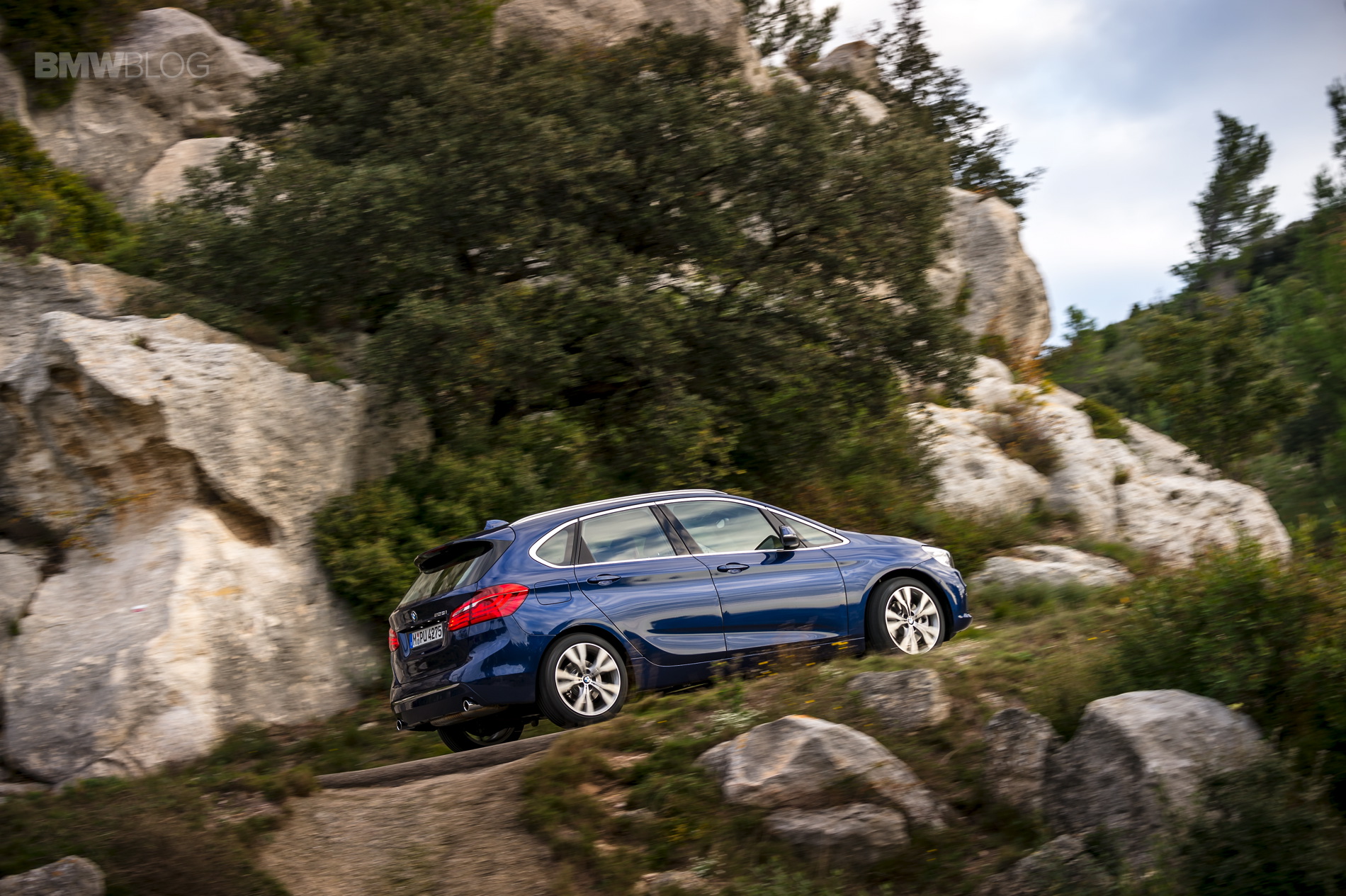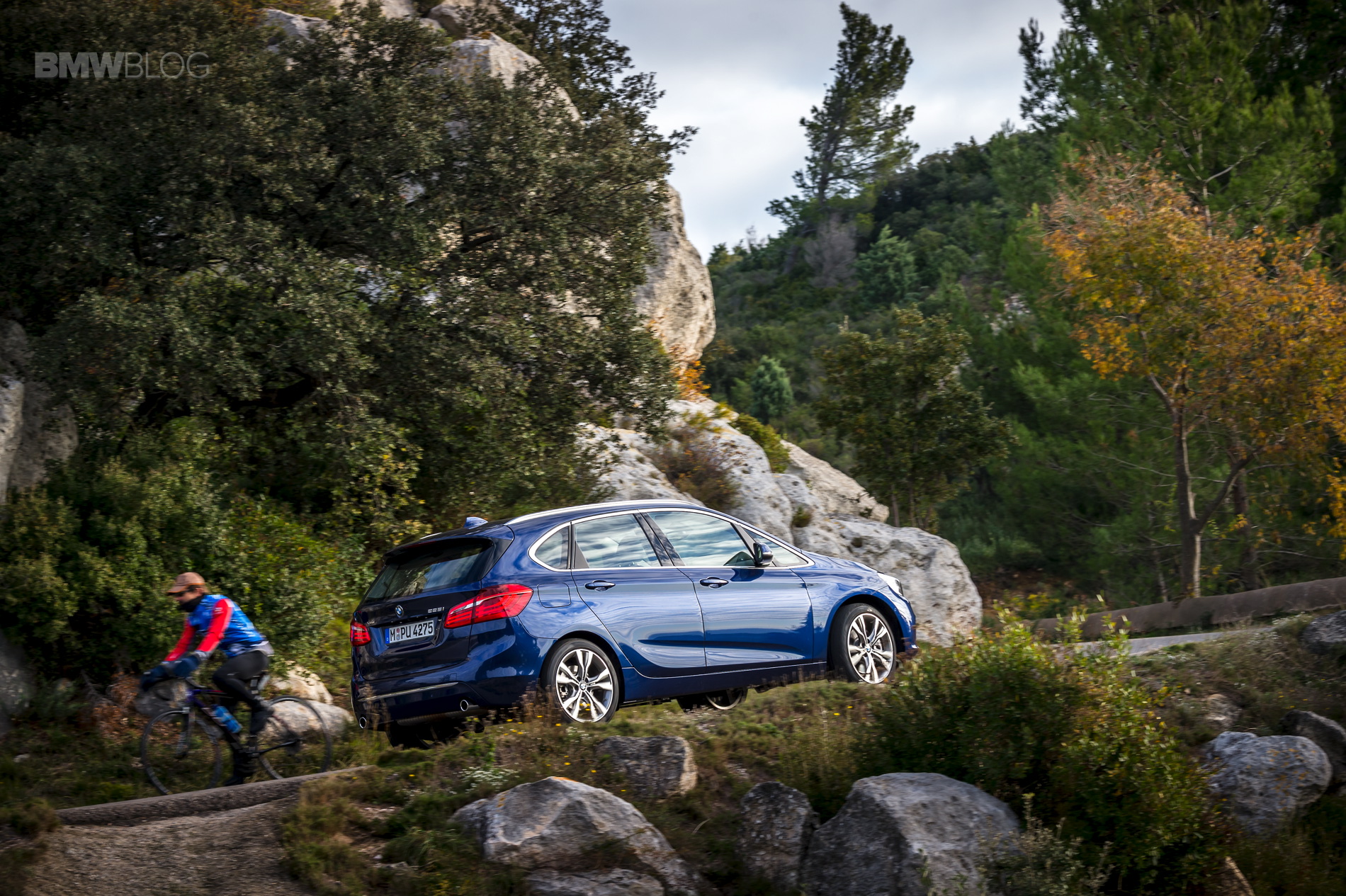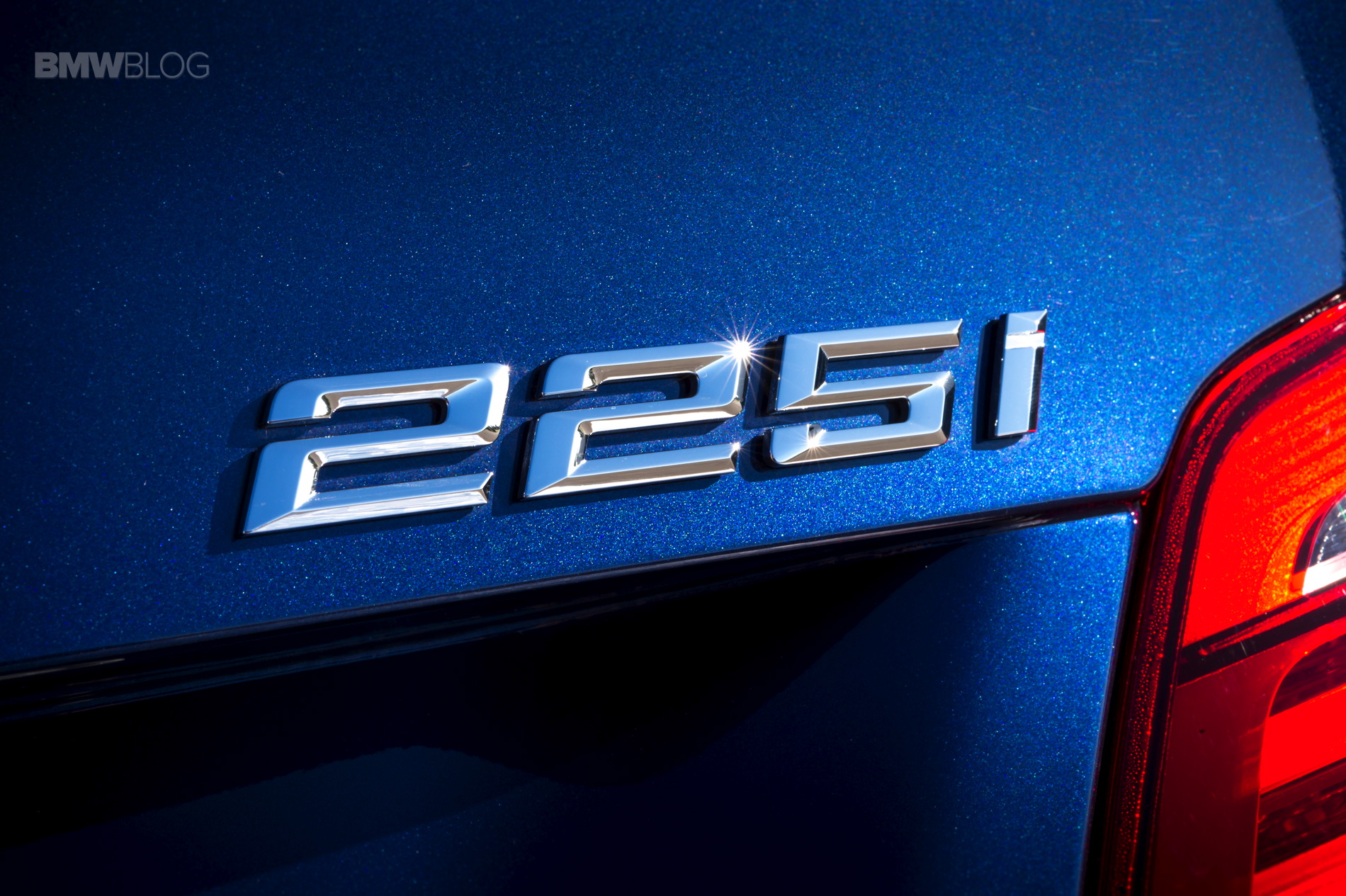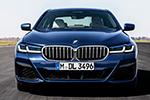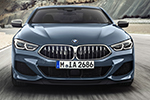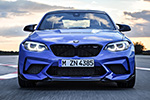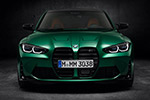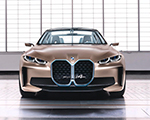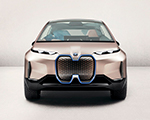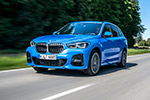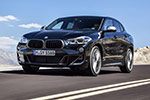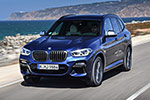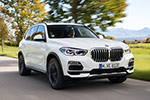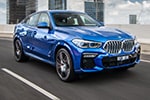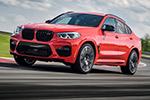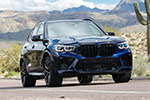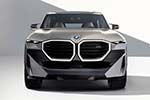BMW launches the 220d and 225i Active Tourer models with xDrive technology. Compared to previous models, this is the first time BMW xDrive is made available on a front-wheel drive concept with transversally installed engines.
The new xDrive aims to improve traction and cornering dynamics for BMW’s front-wheel drive vehicle, a highly controversial model that many BMW enthusiasts have yet to embrace. The North American market has decided for now to not import the 2 Series Active Tourer.
The BMW 225i xDrive Active Tourer has a fuel consumption combined of 6,5–6,4 l/100 km, CO2 emissions combined 152-148 g/kg while the BMW 220d xDrive Active Tourer reports a fuel consumption combined of 4,8-4,6 l/100km and CO2 emissions combined 127-122 g/km.
Both models feature BMW xDrive as standard in combination with the 8-speed Steptronic transmission.
Slender, lightweight four-wheel architecture.
The slender architecture featuring compact, lightweight components and the resulting low amount of space required by the new four-wheel drive system are excellently suited to the concept of the BMW 2 Series Active Tourer. Thus the additional weight of the entire four-wheel drive technology is only around 61 kg. Furthermore, measures for reducing system-related losses and an energy-efficient operating strategy ensure extremely favourable fuel consumption and emission levels.
Power from the front drive to the rear axle is transferred by means of an angular gear (Power Take-Off) on the front differential and a two-part cardan shaft. The central component of the four-wheel drive system is an electro-hydraulically controlled multiple-disk clutch (Hang-On) inside the rear axle drive, which facilitates infinitely variable distribution of torque to the front and rear wheels. The corresponding commands are provided by an electronic control unit which, like the hydraulic pump, is located on the rear axle.
Power Take-Off: angular gear and two-part cardan shaft.
The angular gear is mounted behind the engine on the automatic transmission and crankcase. The input shaft is a hollow shaft construction and directly connected to the front axle differential. In this way, part of the drive force is transferred from the differential basket to the cardan shaft via the hollow shaft, the crown wheel and the pinion shaft. The angular gear operates at a fixed gear ratio (1:1.74) and is permanently engaged, meaning that the cardan shaft always rotates when the vehicle is driven. Reversal of transmission takes place in the rear axle drive so that the front and rear axle drive shafts both rotate at exactly the same speed.
Hang-On: electro-hydraulically controlled multiple-disk clutch.
The multiple-disk clutch located in the rear axle drive (Hang-On) directs a proportion of torque to the rear wheels according to each driving situation, thus ensuring variable power distribution between the front and rear axle as required. In extreme cases (e.g. the front wheels are standing on ice), the ratio can be 0:100. The required operating pressure (0 to 40 bar) is delivered by an electro-hydraulic pump, the speed of which is defined by a pulse-width-modulated signal from the electronic control unit. Pressure is not measured by a sensor, but extremely accurately by means of voltage and power alignment. In order to ensure maximum positioning accuracy, run-in behaviour and temperature influences are independently compensated, the system constantly adapting to ever changing operating conditions.
Efficient valve helps reduce fuel consumption.
Moreover, xDrive utilises an energy-efficient operating strategy: When four-wheel drive is not required – which is usually the case in day-to-day operation – the pump is deactivated, rendering the system unpressurised. The BMW 2 Series Active Tourer is then driven only via the front wheels. In order to make use of additional saving potentials, BMW has provided the multiple-disk clutch with a spring-loaded Efficient valve, which lowers the oil level in the clutch and significantly reduces friction losses (oil splash losses). When required, the system takes only fractions of a second to build up maximum operating pressure in the Efficient mode and thus deliver maximum torque to the rear wheels. This intervention goes unnoticed by the driver and passengers and without any losses in traction.
Intelligent networking: fast, precise and proactive.
In order to guarantee efficient and constant power distribution to the front and rear axle as required, the four-wheel drive system is managed from the control unit of the Dynamic Stability Control feature (DSC). In order to analyse each driving situation, DSC analyses a large amount of data providing information on each respective running condition and ensuring optimum distribution of drive torque. This information includes vehicle speed, lateral and longitudinal acceleration, steering angle, wheel speed, longitudinal inclination, accelerator position and the setup via Driving Experience Control. Furthermore, the DSC status, including Dynamic Traction Control (DTC), Electronic Differential Lock Control (EDLC) and Performance Control is taken into account. Adjustment of the four-wheel drive system to the ever changing driving and road conditions is performed – in typical BMW xDrive manner – within fractions of a second, thus guaranteeing consistently neutral and safe handling even in difficult conditions. Nevertheless, the variable distribution of power between the two axles goes virtually unnoticed by the driver. Also, within the framework of the efficient operating strategy, torque distribution is precisely regulated as to avoid any loss of power due to wheel spin.
BMW xDrive: maximum traction, enhanced cornering dynamics.
Thanks to DSC networking, any imminent wheel slip for example can be detected at an early stage. Through precise distribution of drive torque this situation can be anticipated and avoided. If for instance the vehicle threatens to drift outwards over the front wheels, increased tractive force is supplied to the rear axle, allowing the vehicle to turn in more accurately. On the other hand, xDrive directs excess force to the front wheels, should the rear of the vehicle threaten to swerve outwards. As a result, maximum four-wheel performance is available even before slippage occurs. Therefore, xDrive featured in the BMW 2 Series Active Tourer not only ensures best possible traction and safety in adverse road conditions, but also enhances vehicle stability, cornering dynamics and ride comfort. In driving situations where the interconnection of all four wheels is disadvantageous – i.e. in an emergency stop – the system opens the multiple-disk clutch completely within milliseconds.
Only if optimum power distribution to the front and rear axle is not sufficient to keep the Active Tourer on the desired course, DSC intervenes by reducing engine output and/or by decelerating individual wheels. Moreover, DSC assumes the function of a transverse differential lock: If a wheel spins without transferring power, it is automatically slowed down, whereby the axle differential directs more power to the wheel opposite.


